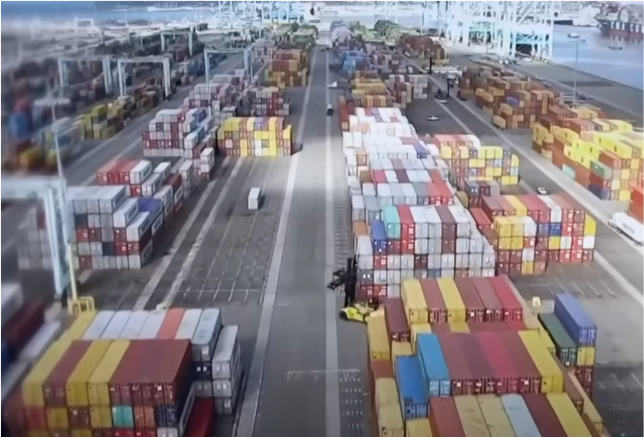News
The Capitalist’s Industry Winners and Losers: Tariff Edition

Source: YouTube
With President Donald Trump about to reveal his long-promised laundry list of tariffs, businesses and investors are understandably jittery over their short and long-term futures. However, not all industries are set to suffer the consequences of a trade war. In this context, we’d like to list down the current industry winners that may have benefited from tariff threats and losers that are about to come crashing down.
These sweeping trade changes mark the start of a volatile new chapter in global commerce. The administration claims the goal is to level the playing field by matching tariffs imposed on U.S. exports. In practice, the new measures introduce risk and opportunity across every sector. As uncertainty spreads, let’s take a look at industry winners and losers becoming clearer, giving investors early signals, though not always reliable ones.
Automobiles, Steel and Aluminum Products, and Agricultural Equipment: Early Signs of Opportunity
U.S. automakers are seeing a sales bump, driven by consumers racing to buy before higher import costs set in. Domestic manufacturers of vehicles and parts may enjoy a short-term advantage, especially as foreign competitors absorb the tariff shock. However, cars and trucks might have little time left sitting in the industry winner’s table. As soon as import tariffs hit, they’ll be lumped with the rest of the industries that will be directly hit with additional costs. Invest what you can and get out before the announcements start pouring in.
Similarly, steel and aluminum producers stand to gain. Costlier imports make U.S.-sourced raw materials more attractive, especially for industries pivoting away from global suppliers. Agricultural equipment firms are another group seeing rising demand. With countries like Brazil and India likely to face increased tariffs, American farmers may lean toward U.S.-made machinery. These companies benefit directly from reshoring and indirectly from supply chain shifts, at least until global retaliation kicks in.
Airlines, Retail, and Agriculture: Turbulence for the Tariff-Sensitive
On the other hand, not all industries are positioned to win in this forthcoming trade war. Airlines could face major disruptions as foreign-made components become more expensive. Carriers already struggling with fuel costs and labor issues now face a higher cost of maintenance. Any drop in business travel or global demand will make the situation worse.
Retail is another vulnerable sector. Consumer electronics are mostly imported, and tariff-related price hikes may force sellers into a lose-lose scenario: absorb the cost or raise prices and risk lower sales. Margin pressures are expected to ripple across the broader retail market.
Agricultural exporters may take the hardest hit. Countries like China and Mexico are preparing retaliatory tariffs on U.S. goods such as pork, soybeans, and corn. Many farmers rely on overseas buyers. If those buyers back out or shift sourcing, producers could be left with surplus goods and no market.
A Cautionary Path Forward for Investors Looking for Industry Winners
The ultimate impact depends on how far the administration takes the tariff schedule. A moderate approach might protect key industries while sending a message. But a broad, aggressive plan could trigger major retaliation and market instability. Already, markets are showing signs of stress. The Dow and S&P just posted their worst quarters in over two years. Major firms like Goldman Sachs and JPMorgan have revised growth forecasts downward, citing trade instability.
For investors, the challenge is resisting panic. It’s tempting to jump on the momentum of the industry winners or flee from the losers. But short-term market moves can be deceiving. A wiser approach involves careful rebalancing. Consider overweighting sectors that benefit from U.S.-based production, but avoid abandoning global diversification. The economy remains interconnected, and abrupt overcorrection carries its own risks.
Liberation Day may be a rallying cry for trade hawks, but for investors, it’s a call for discipline. The landscape of industry winners and losers will keep shifting as tariffs take hold. In moments like these, holding steady often outperforms chasing headlines.
How are you adjusting your investment strategy as the industry winners and losers take shape under Trump’s tariffs?



